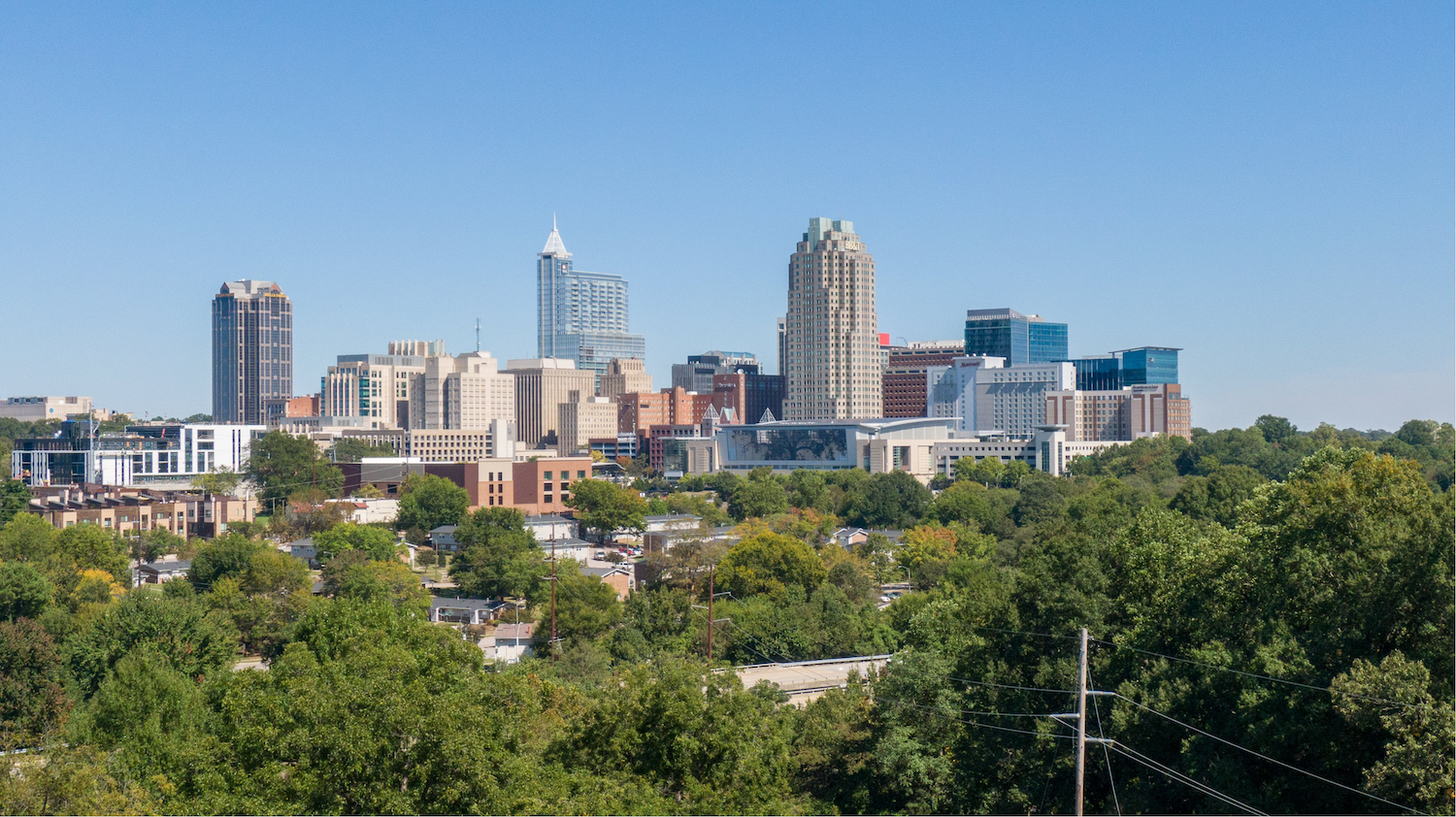Raleigh, North Carolina, is a vibrant and rapidly growing city known for its rich history, cultural diversity, and thriving economy. One of the factors that make The City of Oaks an attractive place to live and visit is its diverse climate and pleasant weather throughout the year. In this article, we’ll take a closer look at Raleigh’s climate and the weather patterns that shape life in the Triangle.
**Raleigh’s Geographic Location**
Raleigh is situated in the central part of North Carolina, approximately 130 miles from the Atlantic coast. Its location inland from the coast plays a significant role in shaping its climate.
**Raleigh’s Four Distinct Seasons**
Raleigh experiences four distinct seasons: spring, summer, fall, and winter. Each season brings its own unique climate characteristics, making Raleigh an attractive destination for those who appreciate a variety of weather experiences.
Spring (March – May)
Spring in Raleigh is a beautiful time of the year. Temperatures gradually warm up, with highs in the 60s and 70s Fahrenheit. Trees and flowers bloom, and the city comes alive with color. Spring is a popular season for outdoor activities, including hiking, picnics, and festivals.
Summer (June – August)
Raleigh’s summers are warm and humid. High temperatures frequently reach the 90s, with occasional spikes above 100 degrees Fahrenheit. Humidity levels can make the heat feel more intense. Thunderstorms are common during the summer months, providing relief from the heat. Residents and visitors take advantage of numerous lakes, rivers, and pools to stay cool.
Fall (September – November)
Fall in Raleigh is a favorite season for many. The weather begins to cool down, with daytime temperatures in the 70s and 80s. The city’s foliage transforms into brilliant shades of red, orange, and yellow, creating a picturesque landscape. Fall is a great time for outdoor activities such as hiking, apple picking, and enjoying local harvest festivals.
Winter (December – February)
Winters in Raleigh are relatively mild compared to many other parts of the country. Daytime temperatures hover in the 40s and 50s, with occasional colder spells. Snowfall is infrequent but not unheard of, typically occurring a few times each winter. Winter sports enthusiasts may need to venture to the nearby Appalachian Mountains for snow-related activities.
**Precipitation**
Raleigh receives a moderate amount of rainfall throughout the year. The wettest months tend to be in the summer, with occasional heavy downpours during thunderstorms. Winters are drier, but the city still receives a fair share of precipitation, often in the form of rain.
**Raleigh’s Climate Summary**
Raleigh’s climate can be classified as humid subtropical. It offers a pleasant mix of warm summers, mild winters, and beautiful transitional seasons. The city enjoys an average of 214 sunny days per year, making it an inviting destination for outdoor enthusiasts and nature lovers.
Raleigh, NC, boasts a diverse climate that offers something for everyone. From the vibrant colors of spring to the hot and humid summers, the picturesque autumns, and the mild winters, Raleigh’s weather provides residents and visitors with a wide range of experiences throughout the year. Whether you enjoy hiking in the spring, swimming in the summer, exploring fall foliage, or cozying up by the fireplace in winter, Raleigh’s climate has you covered.


